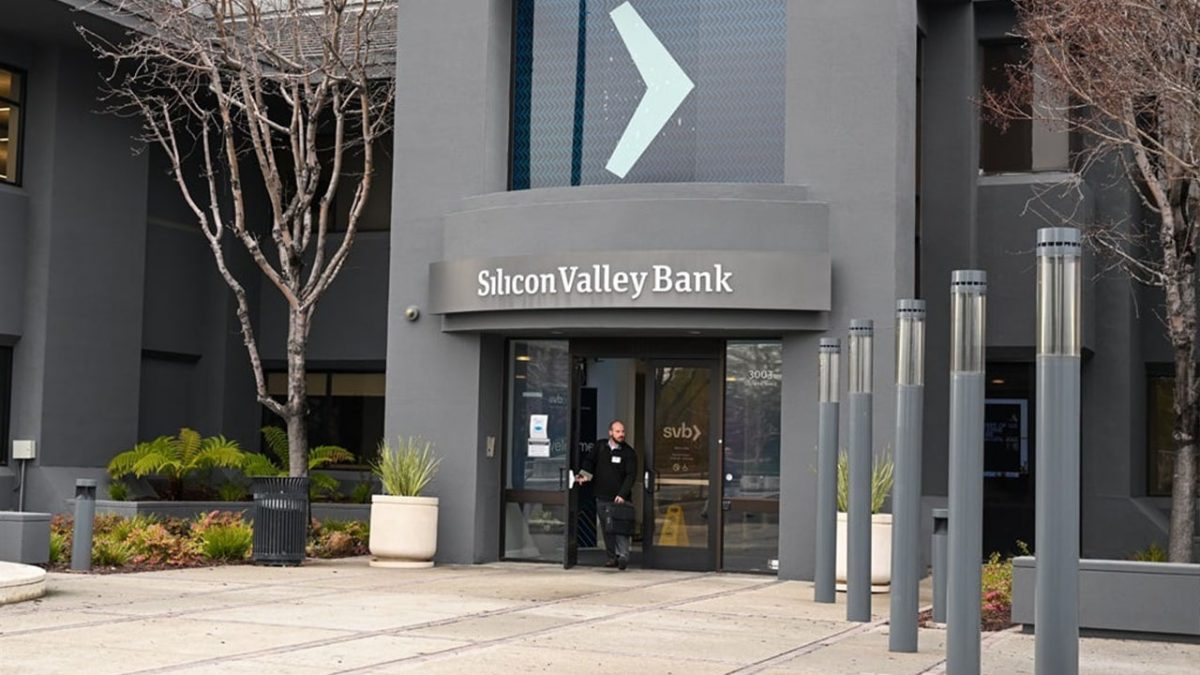What Recent Banking Failures Mean for Investors and the Broader Market

Silicon Valley Bank collapse: Here's how it happened and why SVB failed
On March 10th, regulatory authorities closed down Silicon Valley Bank (SVB), representing the most significant bank failure in the United States since the late 2000s Global Financial Crisis and the second-largest in American history. Following this, on March 12th, New York state regulators closed Signature Bank. Furthermore, on March 19th, the Swiss National Bank played a pivotal role in enabling UBS, Switzerland's largest bank, to acquire Credit Suisse.
Here is a comprehensive overview of the events as they transpired:
The events in Europe
While several regional banks have recently encountered difficulties, Credit Suisse had displayed alarming signals for some time. Prior to UBS's $3.1 billion purchase of Credit Suisse, the Swiss bank, then the second-largest, had been beleaguered by numerous scandals. More recently, Credit Suisse had to contend with a combination of issues such as frequent management turnover, significant investment losses, regulatory changes, and a challenging banking landscape.
Following Silicon Valley Bank's failure, various banks were subject to heightened scrutiny, and Credit Suisse was teetering on the brink of collapse. The tipping point was when the Saudi National Bank, Credit Suisse's largest investor, declined to inject the necessary capital infusion into the struggling Swiss bank, just before it was sold to UBS.
The impact on regional banks
Several factors contributed to the collapse of SVB. The bank catered mainly to tech and venture capital firms, as well as their executives, by offering higher deposit rates than many of its larger competitors to attract clients. To fund these higher rates, SVB purchased longer-term, higher-yielding bonds when it had excess cash. However, this was before the Federal Reserve began aggressively increasing interest rates, and the venture capital market experienced some turbulence. The value of most of SVB's bonds decreased substantially (bond values usually decline as interest rates rise), resulting in significant investment losses.
Jurrien Timmer, Fidelity's Director of Global Macro, stated that "This was a classic asset-liability mismatch triggered by higher rates and compounded by leverage. While some banks have offered higher rates to depositors, as the Fed has raised rates and bond values have decreased, banks like SVB have experienced losses on their bond assets."
To compound the situation, SVB kept lower levels of deposits on hand and invested a greater proportion of its capital to pay its relatively higher rates. As a result, SVB was on shakier ground than most other banks.
There are speculations that SVB's lending standards may not have been as strict, leading to a decline in the quality of loans to some of the riskier venture-backed companies with deposits at the bank. As interest rates rose and access to capital became more challenging, many of those firms came under significant financial pressure, exacerbating the situation.
After SVB announced its $1.8 billion asset sale loss, the bank was unable to secure additional investment capital, leading to many customers rapidly withdrawing their deposits. This, in turn, resulted in the bank's seizure by regulatory authorities.
Signature Bank, which also catered to many tech and venture capital firms, suffered a similar fate, with clients withdrawing their funds from the bank after SVB's collapse. Jurrien Timmer adds that "There's an old adage that says the Fed tightens until something breaks. It looks like we have a sense of what is breaking during this Fed cycle."
Initially, there was uncertainty regarding the fate of depositors with more than the FDIC standard insurance limit ($250,000 per depositor, per insured bank, for each account ownership category) in both SVB and Signature Bank. However, the Fed, FDIC, and Treasury agreed that all depositors would have access to all their money starting Monday, March 13.
The impact on investors
Investors in SVB are unlikely to receive much or any value for their shares, and Credit Suisse investors will only receive a fraction of the company's previous value. Nevertheless, the spillover implications for other financial companies, markets, and the economy are likely to be limited, according to experts.
Jurrien Timmer notes that "In my view, this does not appear to be a situation that could become large in scope like the sub-prime mortgage collapse did in 2007."
Similarly, Matt Reed, manager of the Fidelity Select Financial Services Portfolio (FIDSX), believes that the impact on the financial sector and the broader market will be limited. The stock market has responded positively to the response to the Credit Suisse situation, and SVB may not be the harbinger of doom that some anticipated.
Reed adds, "SVB was a unique bank that grew rapidly in a very specific niche industry, while the broader banking system is regularly stress-tested, has added meaningful liquidity and capital over the past decade, and has worked to manage balance sheets conservatively. While the markets may fret, it doesn't seem like there is significant spillover into the broader banking system and the economy."
Related: The state of American banks: Should you be worried?
Advertisement